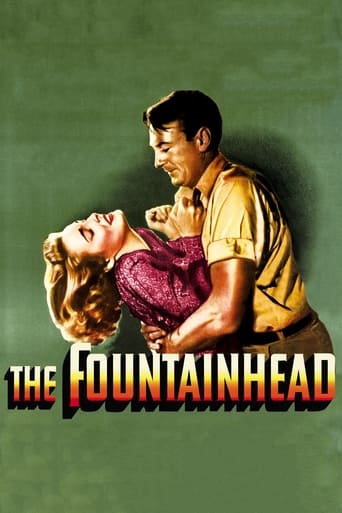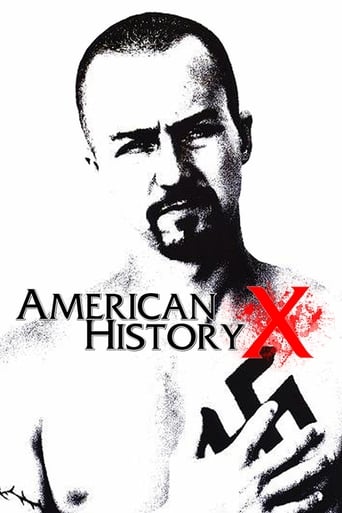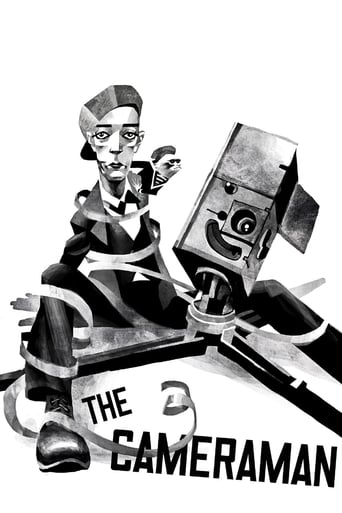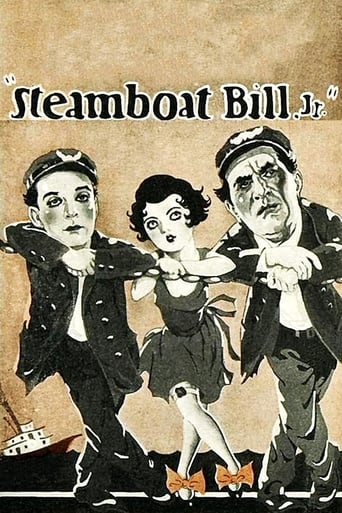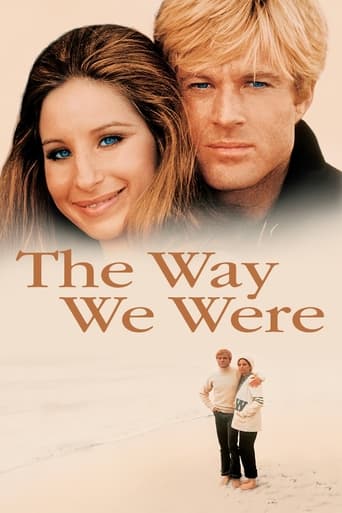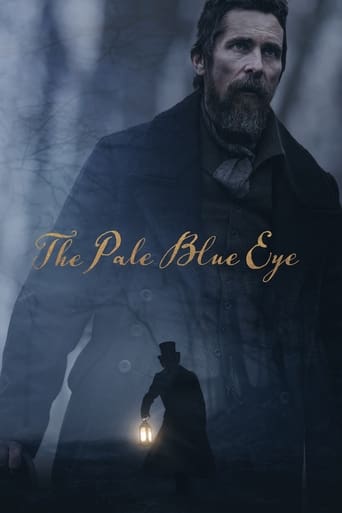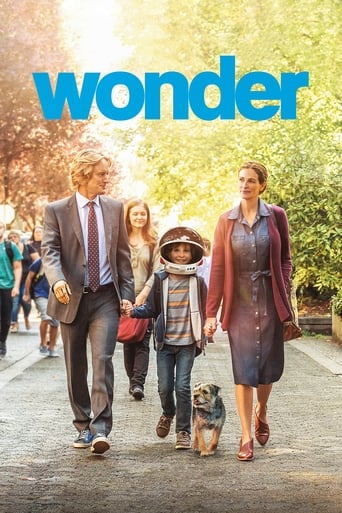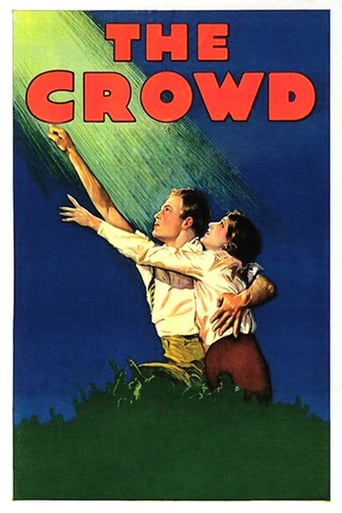


The Crowd
John, an ambitious but undisciplined New York City office worker, meets and marries Mary. They start a family, struggle to cope with marital stress, financial setbacks, and tragedy, all while lost amid the anonymous, pitiless throngs of the big city.
-
- Cast:
- Eleanor Boardman , James Murray , Bert Roach , Estelle Clark , Dell Henderson , Lucy Beaumont , Freddie Burke Frederick


Similar titles
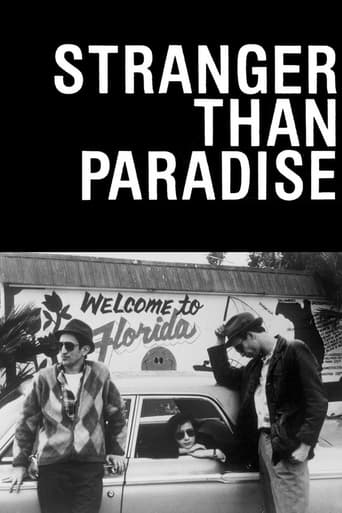
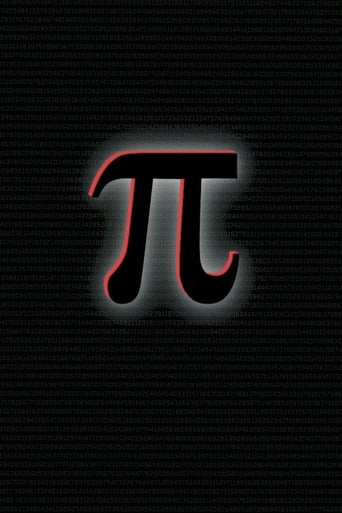
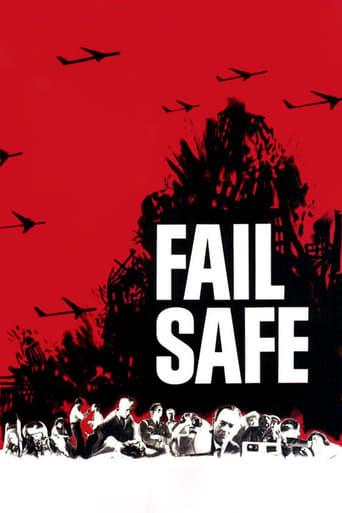
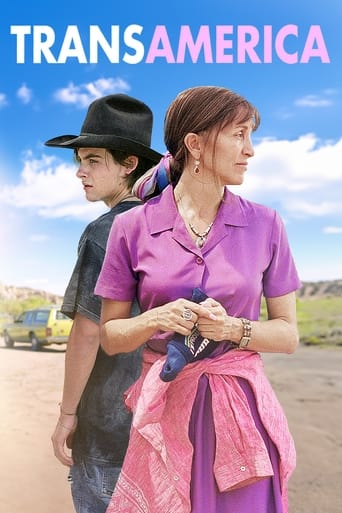

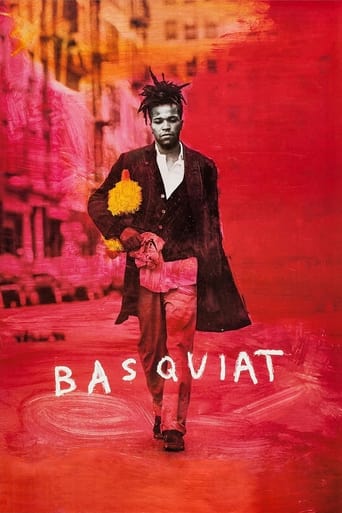
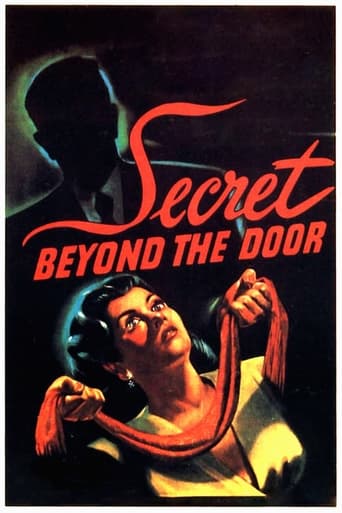
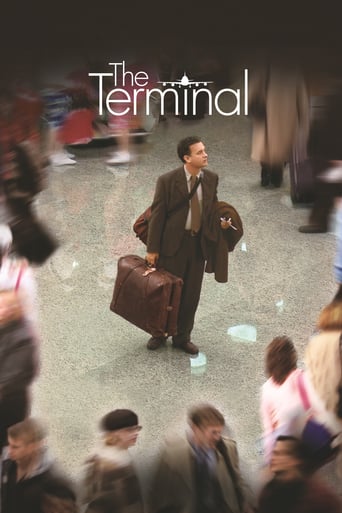
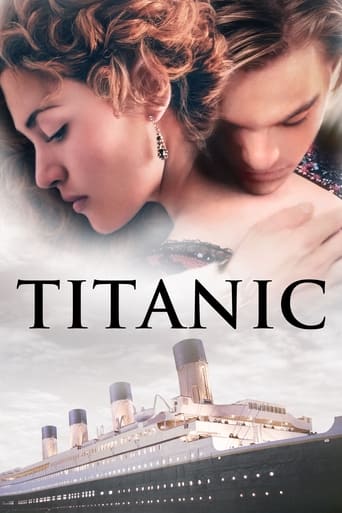
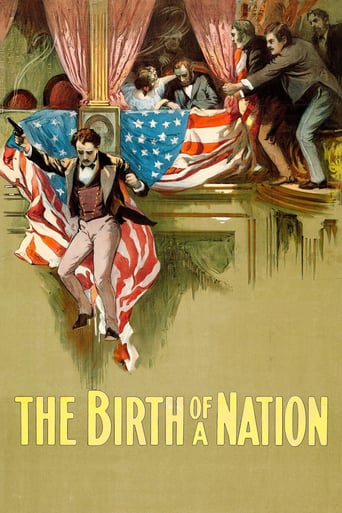
Reviews
This movie is the proof that the world is becoming a sick and dumb place
Good story, Not enough for a whole film
The film creates a perfect balance between action and depth of basic needs, in the midst of an infertile atmosphere.
A great movie, one of the best of this year. There was a bit of confusion at one point in the plot, but nothing serious.
'The Crowd' is strong in its early scenes of the life of a young man, played by James Murray. He goes to New York to make it big, and is immediately swallowed up into the masses, a cog in the mighty machine of an office, and the shots director King Vidor uses to show this are fantastic. He then meets a young woman (Eleanor Boardman), and there are some lovely scenes of them courting at an amusement park, and then at Niagara Falls on their honeymoon. From there the film almost gets too realistic as it trundles through various phases of life. We see him in awkward family gatherings, tying one on with his friend (Bert Roach) and a couple of party girls, having marital arguments, becoming a father, giving his kids horsey rides, hitting incredible high points but also enduring a deep tragedy, struggling through difficult times, and getting depressed. In many of those, there are so many little moments that heighten the realism; how silly and petty the arguments are, needing to help his kids relieve themselves at the beach, and on and on. Most people will relate to at least some of the parts of the film, and it shows just how similar lives in the past were to our own, even though its trappings and technology were of course different. Vidor essentially shows us the universality of experience. He also shows us that ultimately love and sticking together are the way to persevere through adversity. I don't see the film as one of the greatest silent films of all time as some do, but there's a depth and quality to the film that certainly make it a good one, and worth seeing.
This is one of my favorite silents. It is a simple story told with great images and cinematography, which was SURELY enhanced by the film score in the fully restored version that I saw on TCM. First, one notices the un-presumptuous images which could be as 'American Pie' as a Normal Rockwell painting. This IS the story of the American dream—as well as many of its trials and tribulation. One almost views this movie as a voyeur of John's dreams as well as his problems.This intimate view of the movie character is what makes some movies so great! It is the 'letting us IN' to actively relate to the characters and 'go on the same ride' that they are going on. Many of the images show great spatial perspective as when the camera moves in on the giant buildings of NYC, its masses of people (that has a rhythm of its own), the overhead shots of John's office, the rides at the amusement park (Cony Island?), etc. In the amusement park shots, there is also a beautiful light show of the circles, arcs, and arches that are made by the night lighting of the rides. Another example of great imaging is the powerful view of Niagara Falls, as John (James Murray) and Mary (Eleanor Boardman) climb a nearby hill during their honeymoon? We can almost hear its powerful sound and feel its mist!! There is a feeling that they are starting an adventure that is bigger than they can possibly imagine. But, as in all adventures, there must be some sadness and problems, so we are shown some of them too. The movie, when seen from another view, might also be a subtle indictment of 'modern society,' where men are only seen as cogs in a huge impersonal machine, ant on an anthill—OR numbers at a desk—John IS 137. It is interesting how the story moves in and out, from the personal to the impersonal. Of course, Charlie Chaplin's Modern Times was a full-out satire on that subject.
The thing about King Vidor's "The Crowd" is that not only does it supplement wonderful performances and perambulating cameras - but that it also takes influence from expressionistic works and in doing so, creates a world where the crowd is dwarfed, and we take only one narrative from all these people."Don't let the Crowd get into opposition". James Murray portrays a simple, reckless human being called "John", who was born in 1900 just 124 years subsequent from the conception of America. Impressively throughout the years, he becomes older and then takes his place at work. He meets Mary, a woman he loves unconditionally and wants to settle down with. All the simplicity is a backdrop to the turbulent situations; one scene is reminiscent of "Way Down East" (1920) and much of the architectural shots represent "Metropolis" (1927), wherein they have an inherent likeliness; the lighting, the craning. Supposedly, the money was used to inherit much of the paraphernalia that would be used to move the camera around. This is one of the landmarks of tracking shots, simplicity and washing away the Hollywood grandeur. Vidor is known for creating this magnum opus. Looking at his oeuvre, it seems that he has never toppled the film (In grandeur, though, he has gone beyond this film - "Hallelujah", "War and Peace", "Duel in the Sun" and even being uncredited in "Wizard of Oz" - he's subversive in this which became incomparable to his body of work, even before that - "The Big Parade" and taking the theme in this film further with "La Boheme"). Sure they all seem better, but taking into consideration the message, more potent and of the period.There are vignettes that stay with you and ideas that move you to the point of gut-wrenching horror, such as when one of their children get run over through excitement, and we crane away to the overwhelming crowd. And in one scene, where he quits his job due to the lack of concentration, whereas before, he was putting his nose to the grindstone and disregarding his wife. It traverses through fantasy, near the falls and going through the Love Tunnel (once again, another shot which integrates a sense of beauty) to an unhappy life and struggle throughout the age. It says "Don't pass judgement to people you don't know" and therefore gives an anodyne to many I think. The message is a positive one.Vidor started off as an usher and through doing so had a burning passion for films and Filmic ideas. This film for him was an experimentation and MGM gave him leeway to do what he must - one of the biggest successes he had under his belt enabled him - Vidor said "The studio could handle a failure".Much of it feels poignant as well; James Murray shushing the crowds down below his house is quite well done; the face will never leave my mind, for it has been ingrained in there. His gritty and truthful style spotlights a time in the 20's, where people were augmentative in New York and where jobs became more problematic to get, as well as the welfare of your family, kept under control. It's well done and the film deserves recognition on a DVD (I watched it on a VHS transfer on DVD. The film is relatively pristine actually).In conclusion, I feel that even in the advent of sound, the film pushes the boundary of the medium. Imbued in pantomime, as Vidor recalls. The film is bittersweet and leaves off with a fascinating closure, which is steadily within the tone of the Film. The end scene does drain I admit and it will put audiences off with its form of communication, but all in all, the conduciveness to its kinetic power will impress cinematography buffs and will also ensure people of Vidor's greatness. One scene, where John walks up the stairs, illustrates his understanding of lighting and I was swept away by it. Just don't expect a felicitous experience.
The most remarkable thing about 'The Crowd (1928)' is that is manages to cover so much emotional ground. John (James Murray) is a young man who knew from an early age that he would become somebody special, that he would stand out from the crowd. At age 21, he travels to New York, the towering metropolis introduced via a montage of impressive high- angled shots that resemble Robert Florey's 'Skyscraper Symphony (1929).' John joins the accounting sector of a large insurance firm, and studiously assures himself that he need only work his way up. Years pass. John marries, has two children. It takes him five years to realise that he has become what he swore never to become: a member of The Crowd.Vidor's message is a double-edged sword. Early in the film, The Crowd is something to be loathed: the camera, in a virtuoso display of technical brilliance, swoops down upon a seemingly-endless room of seated accountants, each man turning pages in mechanical unison. (Billy Wilder later paid homage to this scene in 'The Apartment (1960)'). But when John finally determines to break free from The Crowd, his world falls apart around him – he can't maintain a job, his wife threatens to leave him, he loses his dignity. The film's ending is intriguing in its ambiguity: John is absorbed into the crowds of a laughing theatre audience.Is it a happy ending, an embracing of conformity? Is it ironic, an acknowledgment of mass delusion? Is Vidor integrating his character into the cinema audience? In 'The Bicycle Thief (1948),' a similar disappearance into the crowd is viewed as tragic, but here I'm not so sure. F.W. Murnau's 'The Last Laugh (1924)' told a similar tale, depicting the bleak prospects of a working-class doorman, played by Emil Jannings. UFA studio thwarted that film by enforcing a ludicrous happy ending that Murnau included only with a snide introductory title card. M-G-M also toyed with a happy ending to 'The Crowd,' but fortunately Vidor's version ultimately won out, a conclusion genuinely unsettling in its uncertainty, and sure to inspire discussion.


